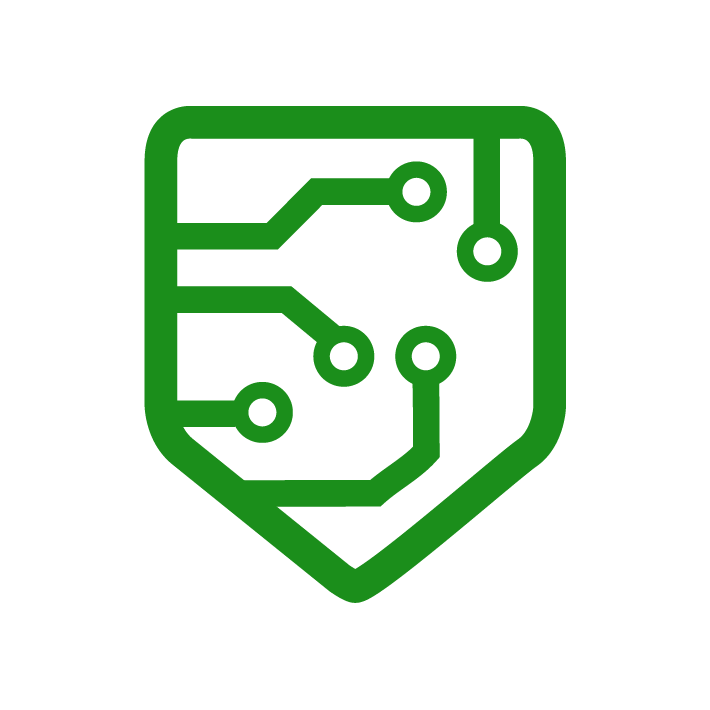Vulnerability assessment is a critical process for identifying and mitigating potential risks. As businesses navigate the ever-evolving threat landscape, the debate between automated and manual vulnerability assessments has gained prominence. At SafeNet, we understand the significance of choosing the right approach tailored to your organization’s unique needs. This blog post delves into the pros and cons of automated and manual vulnerability assessments, helping you make informed decisions to fortify your digital defenses.
Automated Vulnerability Assessment:
Pros:
- Speed and Efficiency: Automated tools excel in rapidly scanning large networks, providing quick insights into potential vulnerabilities. This efficiency is crucial for businesses with expansive digital footprints.
- Consistency: Automated scans ensure a consistent and repeatable process, reducing the likelihood of human error. This consistency is vital for maintaining a standardized security posture across the entire network.
- Coverage: Automated tools can comprehensively scan networks, applications, and devices, uncovering vulnerabilities that might be overlooked in a manual assessment. This extensive coverage is essential for a thorough examination of your digital infrastructure.
Cons:
- False Positives: Automated tools may generate false positives, flagging vulnerabilities that don’t necessarily pose a real threat. This can lead to wasted resources and unnecessary panic if not properly managed.
- Limited Contextual Analysis: Automated scans may struggle to provide nuanced contextual analysis, especially when assessing complex business processes or unique industry-specific requirements.
Manual Vulnerability Assessment:
Pros:
- Contextual Understanding: Human expertise allows for a deeper contextual understanding of your organization’s specific needs, industry regulations, and business processes. This nuanced insight is invaluable for prioritizing vulnerabilities.
- Threat Modeling: Manual assessments often involve threat modeling, where cybersecurity experts simulate real-world attack scenarios. This proactive approach helps identify potential risks that automated tools might not detect.
- Tailored Solutions: Human analysts can tailor the assessment to focus on critical areas, aligning with your business goals and compliance requirements. This customization ensures that resources are directed towards addressing the most pertinent vulnerabilities.
Cons:
- Resource Intensiveness: Manual assessments are time-consuming and resource-intensive, making them less practical for organizations with tight timelines or limited resources.
- Subjectivity: Human judgment introduces an element of subjectivity, and different analysts may prioritize vulnerabilities differently. This subjectivity can lead to variations in assessment results.
SafeNet’s Approach to Vulnerability Assessment:
At SafeNet, we recognize that neither automated nor manual vulnerability assessment is a one-size-fits-all solution. Our approach is to strike the right balance, leveraging the strengths of both methodologies. By combining cutting-edge automated tools with the expertise of our cybersecurity professionals, we offer a comprehensive vulnerability assessment service that aligns with your business objectives, mitigates risks, and ensures a resilient cybersecurity posture.
The choice between automated and manual vulnerability assessment is not an either/or scenario; it’s about finding the right blend for your organization. SafeNet’s holistic approach integrates the efficiency of automation with the depth of human expertise, delivering a tailored and effective vulnerability assessment service. Safeguard your digital assets with SafeNet – where innovation meets experience, and security is a priority.





